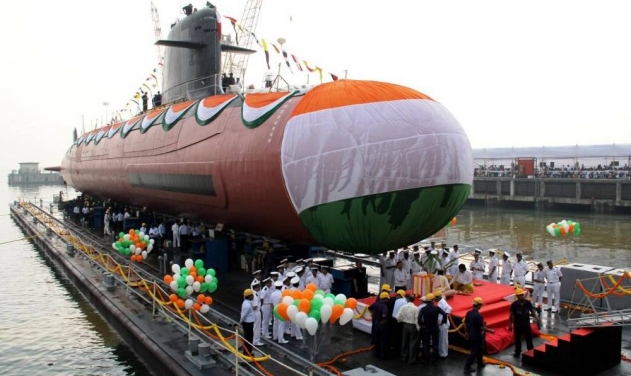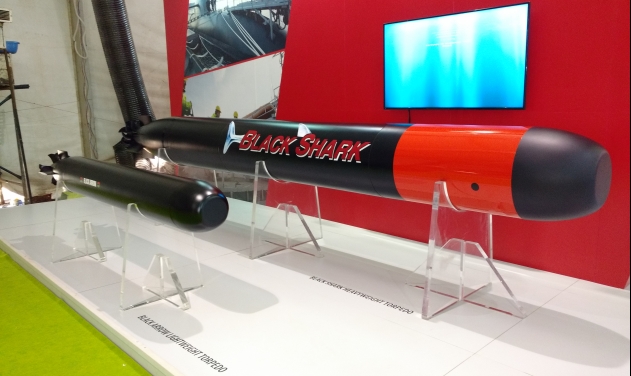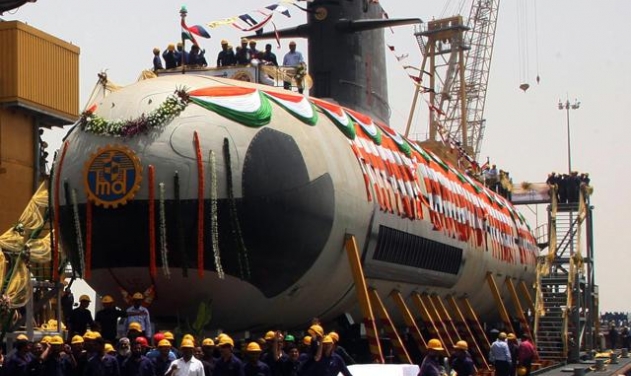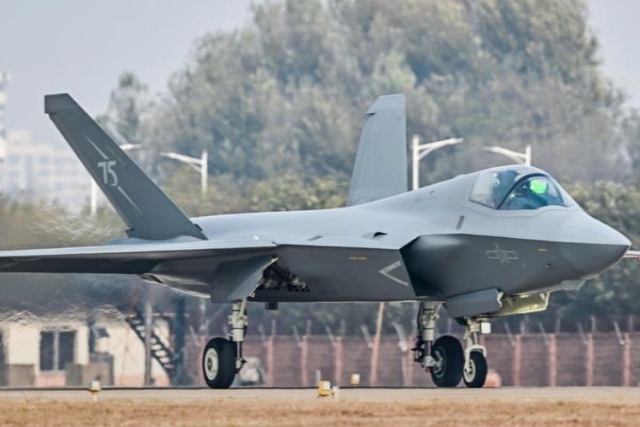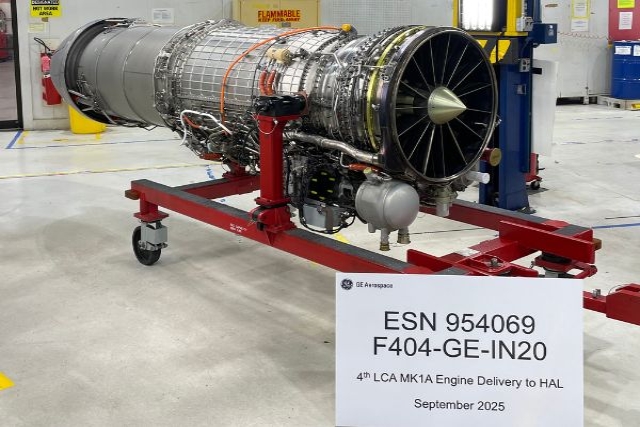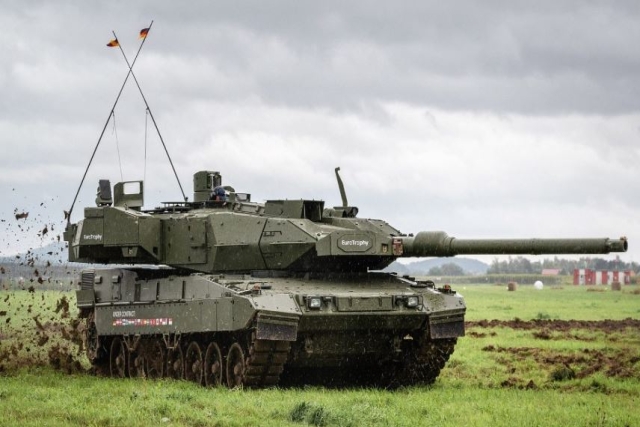India Examining Impications Of Scorpene Document Leak
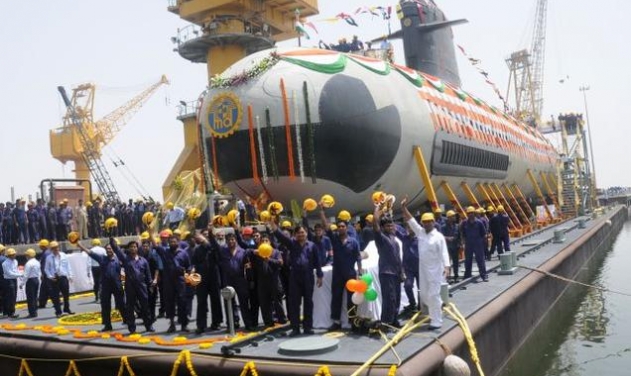
According to the Indian ministry of defense, the said leak of documents related to Scorpene submarines is being examined and an analysis is being carried out by the concerned specialists.
It further states that the source of leak is from overseas and not in India.
Earlier this morning, the Australian reported of a possible leak of the documents relating to Indian Navy’s $3 billion submarine project. It stated that the data will provide an intelligence bonanza if obtained by India’s strategic rivals, such as Pakistan or China.
However, the French firm, DCNS did not say directly but hinted that the leak of data on the Indian Scorpene submarine project might have occurred at India’s end, rather than from France, the news daily reported.
DCNS was assuring Australian government that the leak would not happen with Canberra’s proposed $50 billion submarine project. Uncontrolled technical data is not possible in the Australian arrangements,” the company was quoted as saying by the news daily.
“Multiple and independent controls exist within DCNS to prevent unauthorised access to data and all data movements are encrypted and recorded. In the case of India, where a DCNS design is built by a local company, DCNS is the provider and not the controller of technical data.
According to the news daily, the leaked DCNS data details the secret stealth capabilities of the six new Indian submarines, including what frequencies they gather intelligence at, what levels of noise they make at various speeds and their diving depths, range and endurance — all sensitive information that is highly classified.
The data tells the submarine crew where on the boat they can speak safely to avoid detection by the enemy. It also discloses magnetic, electromagnetic and infra-red data as well as the specifications of the submarine’s torpedo launch system and the combat system.
However, The Australian learnt that the data on the Scorpene was written in France for India in 2011 and is suspected of being removed from France in that same year by a former French Navy officer who was at that time a DCNS subcontractor. The data is then believed to have been taken to a company in Southeast Asia, possibly to assist in a commercial venture for a regional navy.
“It was subsequently passed by a third party to a second company in the region before being sent on a data disk by regular mail to a company in Australia. It is unclear how widely the data has been shared in Asia or whether it has been obtained by foreign intelligence agencies,” the report said.
